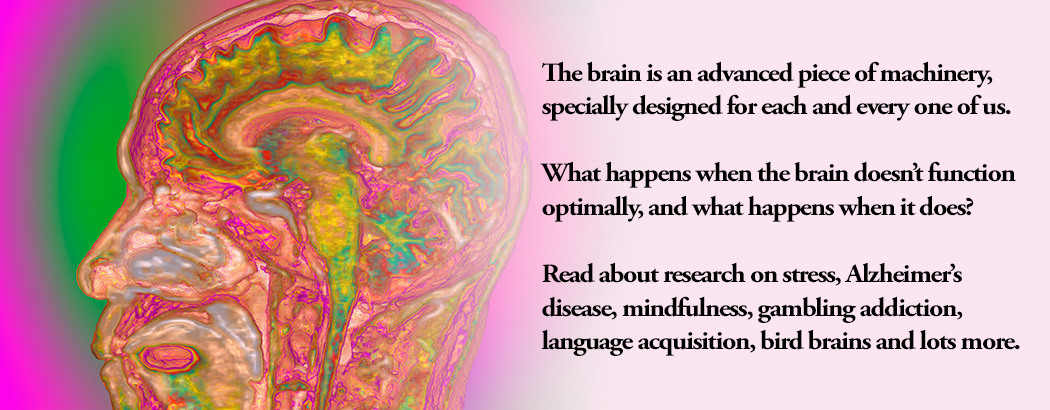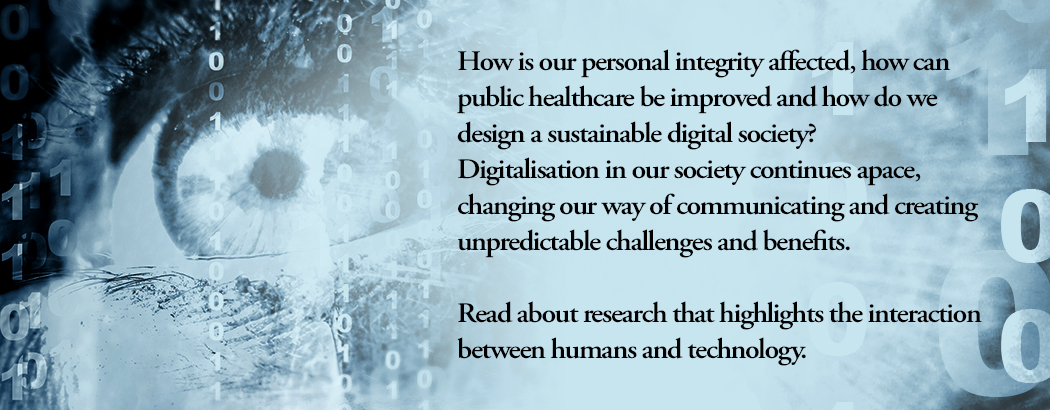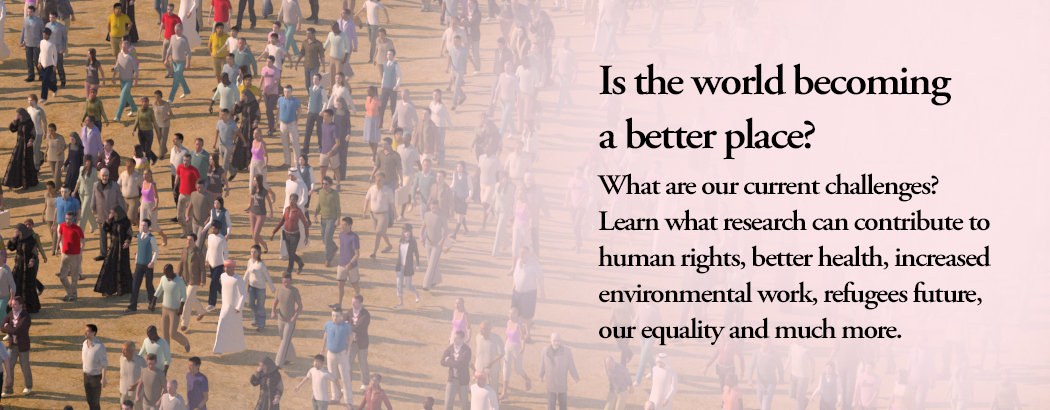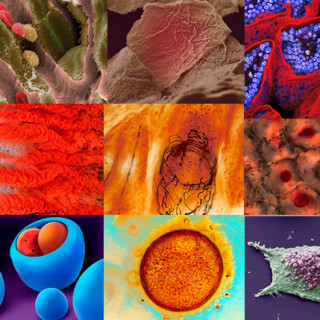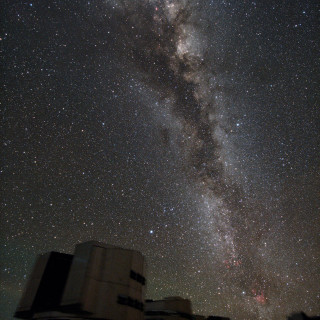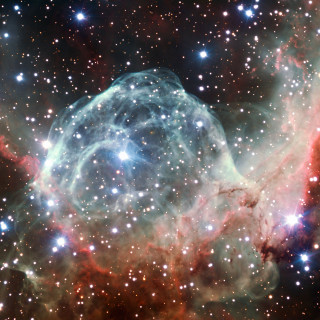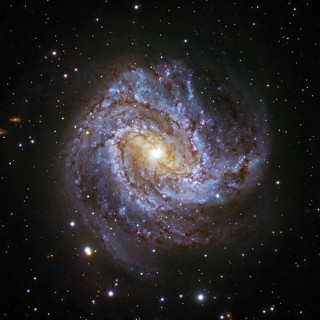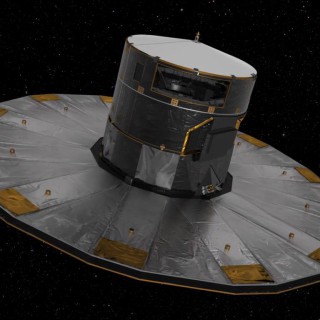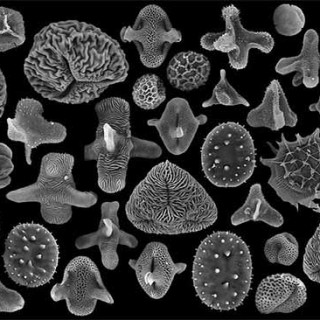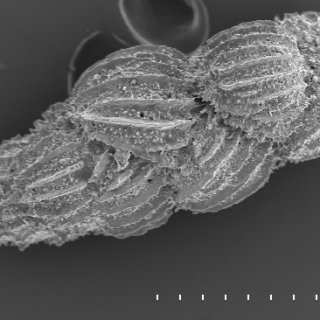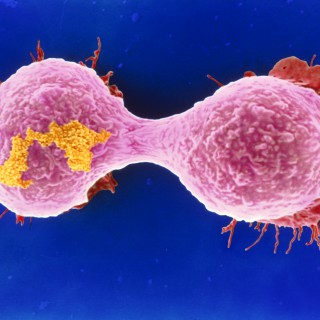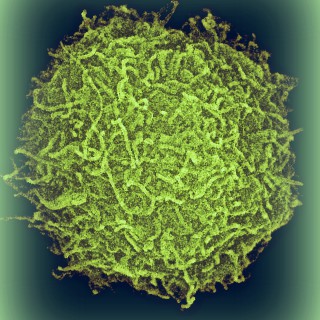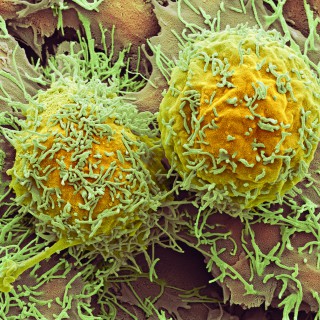Category: Science & technology
Opinion by Max Liljefors, Professor of Art History and Visual Studies at Lund University 2013 If you open the first issue of the journal Popular Science, from May 1872, you are struck by something – there are almost no pictures, only ten black and white illustrations over 128 pages full...
We can now look in earnest to the light successors to the incandescent light bulb and the fluorescent tube. After 100 years of static light, we are now facing a light revolution in which the light adapts to us and not the other way round. Researchers at Lund University are...
Opinion by Sofia Feltzing, Professor of Astronomy, Lund University 2013 Slowly, humanity has built up a picture of the world around us. Through several revolutionary discoveries we have come to learn that the Earth is not the centre of the universe, nor is the Sun. We have learnt that the...
Thor’s Helmet Nebula is found in the constellation of Canis Major, also called The Great Dog. Fifteen thousand light-years from Earth lies the helmet-shaped nebula that is over 30 light-years across. The helmet is a cosmic bubble with a massive star near the bubble’s centre that sweeps through the surrounding...
The Hydra constellation is located about 15 million light-years away and the Southern Pinwheel Galaxy has a spiral with a classic grand design. The galaxy stretches over 40 000 light-years, and is about 2.5 times smaller than our own Milky Way. Nonetheless, the Southern Pinwheel Galaxy is quite similar to...
Gaia’s mission is to chart a three-dimensional map of our galaxy, the Milky Way. In this task astronomers hope to reveal the composition, formation and evolution of the Galaxy. Gaia will produce a stereoscopic and kinematic census of about one billion stars in our galaxy and throughout the Local Group....
Today we know that we live in a universe with billions of stars and galaxies, where the Milky Way is but one of all these galaxies. The Milky Way is not a particularly special galaxy, just an ordinary one. But this is a very modern view. It was as late...
Today we are facing rapid changes to the environment, and as yet we do not know what effects these will have. In order to study what happened after similar changes in the earth’s history, researchers are searching in nature’s own archive. They have found fossilised grains of pollen that provide...
They lived at the bottom of the ocean outside the African coast – and now they can tell us about the size of the glaciers a long time ago. These small, unicellular organisms lived their short lives in the deep darkness – and now they can tell us that rain...


